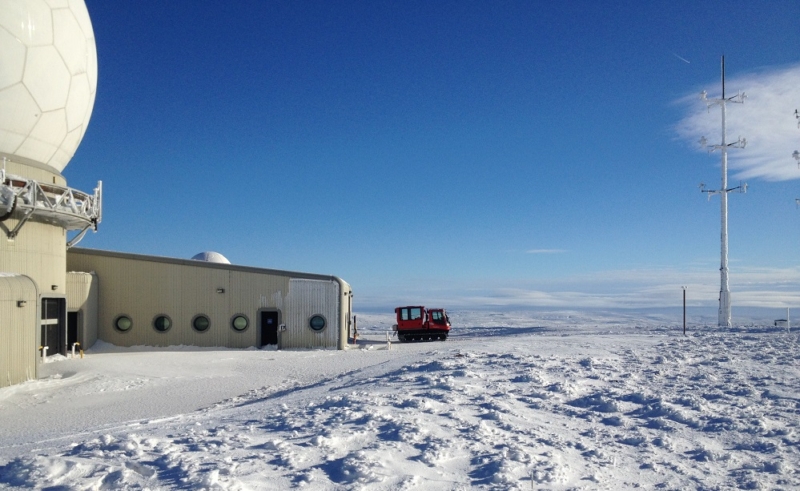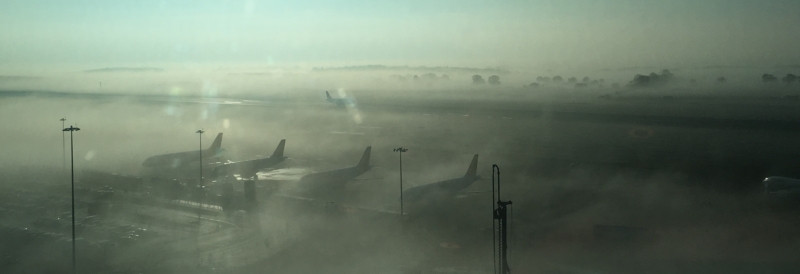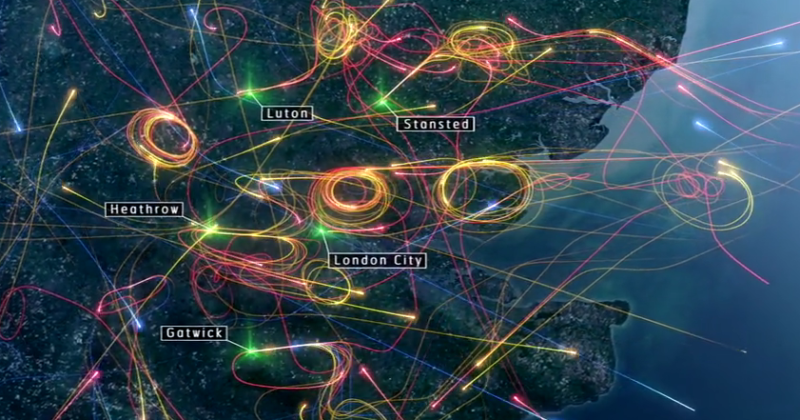The perils of winter working
23 January 2017If you’re reading this at your desk in a warm office, spare a thought for the NATS engineers who are exposed to the elements, all year round working to keep the skies safe.
We’re an 11-strong Outstation team responsible for maintaining radio transmitters, radio receivers, navigation aids, networking equipment, and providing support to Tiree and Stornoway airfields. We look after all the northern sites, which run from the Lake District all the way up to the Shetland Isles.
People don’t realise that our winter working period starts on 1 October and runs right through to 30 April. That six-month window is when we have snow on many of our sites. That’s because radio masts and navigation aids tend to be on top of hills at altitude.
We get severe snow in the Lake District in particular, and lot of our sites are snowed in for half of the year. There are other weather risks too, like frost, ice and fog. We have to battle on through it to keep the service running and we do this all year round.
One of our biggest challenges is access, because of the ever-changing sunset times and how quickly it gets dark at this time of year. We don’t want to be working in the evening and then coming off a hill in complete darkness, as there are limited roads and no street lights. So, for safety reasons, our working periods on the site have to be quite limited: setting off at around 9am and getting off the hill by around 3pm at the latest, before the sunset.
We receive driving training (including 4X4s and snow vehicles), towing training, climbing training, and rope escape courses. There’s a whole raft of skills to learn, depending on what team we’re in and what we’re required to do.
We have a lot of specialist vehicles to help us get to the sites and work safely in bad weather. We have 4x4s at a lot of the key sites, and some snow vehicles (the sort that you might see on an alpine holiday).
The weather is a hugely important factor when it comes to safety. We have to work all year round in all sorts of weather conditions, so as part of our safety procedures we must check the weather before heading out to a site. We also have to check it on our phones when we get to the bottom of the hill and while we’re on the hill.
We also have a variety of Personal Protective Equipment, such as high-visibility snowsuits, as well as boots and gloves that are suitable for use on snow and ice.
As you’d expect, we’ve got quite a substantial first aid kit on our sites. It’s nothing like those small green boxes that you’ll find in an office. It includes things like a rescue blanket, torches, ration packs, in case the best way to get off the hill is to stay overnight in a heated building… in the middle of nowhere.
Fatigue is also an important consideration because we cover such a big area. Getting to a site can involve a journey time from five to 18 hours. We also have specialist climbers who have to access aerials and radars in all weathers (the maximum climb height allowed is 50 metres) so we need to take suitable rest periods if driving long distances or working at height.
I hope this has given you an insight into the work we do and the conditions we often have to work in. When you’re scraping your car in preparation for your drive to work, think of us who may be scraping the ice from the top of a radio mast!
Comments
Please respect our commenting policy and guidelines when posting on this website.













23.01.2017
18:40
Mark sinclair
What a great job your team do thanks a lot
26.01.2017
22:50
Steve Brady
When was the last time you were up a hill in the winter, sorry I’ll re-phrase that, when was the last time you were up a hill ?